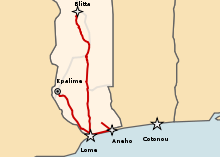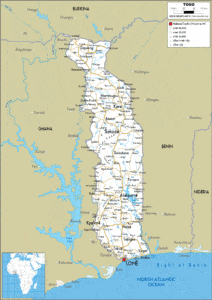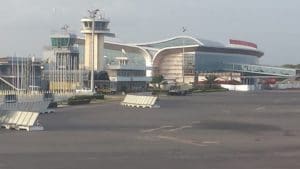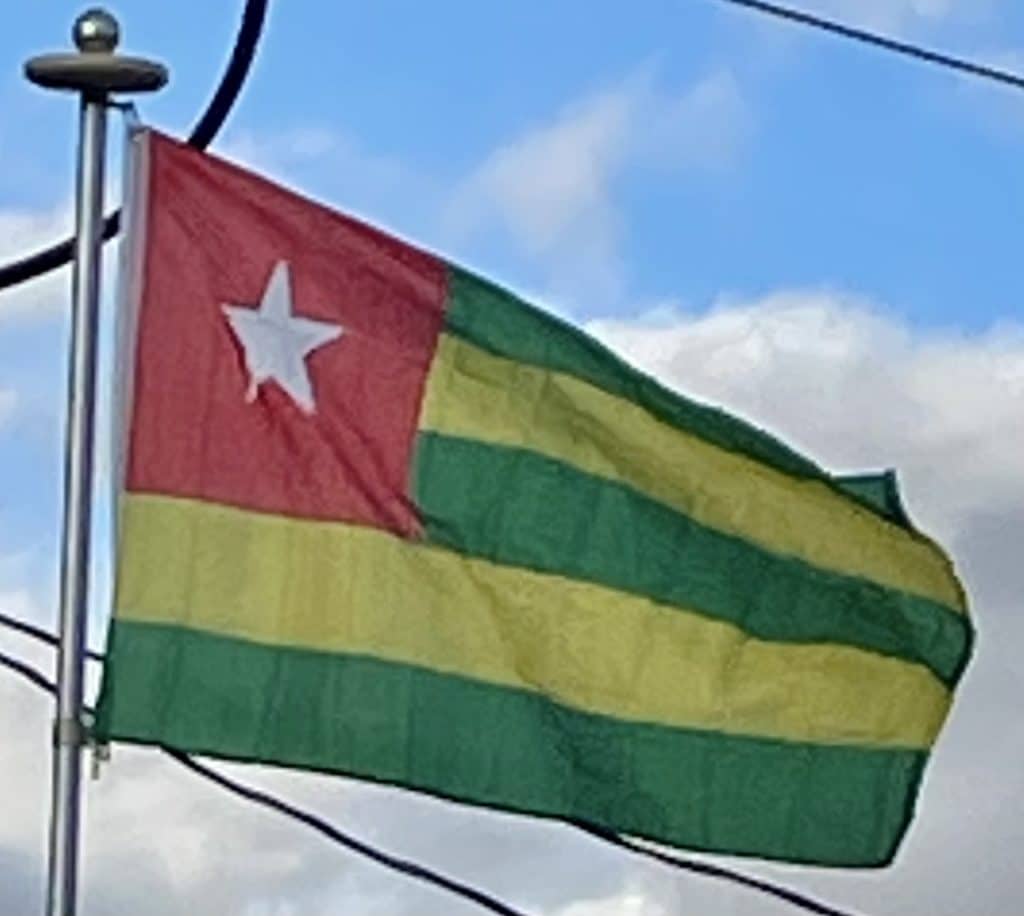Togo imports machinery, equipment, petroleum products, and food. Main import partners are France (21.1%), the Netherlands (12.1%), Côte d’Ivoire (5.9%), Germany (4.6%), Italy (4.4%), South Africa (4.3%) and China (4.1%). The main exports are cocoa, coffee, re-export of goods, phosphates and cotton. Major export partners are Burkina Faso (16.6%), China (15.4%), the Netherlands (13%), Benin (9.6%) and Mali (7.4%).
In terms of structural reforms, Togo has made progress in the liberalization of the economy, namely in the fields of trade and port activities. However, the privatization program of the cotton sector, telecommunications and water supply has stalled. The country currently has no debt due to financial assistance from the outside while Togo is likely among the most beneficiary countries under the Initiative help in Heavily Indebted Poor Countries.
12 January 1994 devaluation of the currency by 50% provided an important impetus to renewed structural adjustment; these efforts were facilitated by the end of strife in 1994 and a return to overt political calm. Progress depends on increased openness in government financial operations (to accommodate increased social service outlays) and possible downsizing of the armed forces, on which the regime has depended to stay in place. Lack of aid and depressed cocoa prices generated a 1% fall in GDP in 1998, with growth resuming in 1999. Togo is a member of the Organization for the Harmonization of Business Law in Africa (OHADA).
Transportation:
Togo has 568km of narrow gauge railways.

Togo has a total 7,520 km of roadways of which 2,376 are paved.

The Trans–West African Coastal Highway crosses Togo, connecting it to Benin and Nigeria to the east, and Ghana and Ivory Coast to the west. When construction in Liberia and Sierra Leone is finished, the highway will continue west to seven other Economic Community of West African States (ECOWAS) nations. A paved highway also connects Togo northwards to Burkina Faso and from there north-west to Mali and north-east to Niger.
Togo has 8 airports but only 2 of those have paved runways.

The two international airports are:
Flag of Togo:
The flag of Togo is the national flag, ensign, and naval jack of Togo. It has five equal horizontal bands of green (top and bottom) alternating with yellow. There is a white five-pointed star on a red square in the upper hoist-side corner. It uses the popular pan-African colors of Ethiopia, but the design resembles the flag of Liberia which itself echoes the flag of the United States.
The four colors (green, red, white and yellow) are the Pan-African colors.
The colors of the flag are meant to symbolize the following:
- Red represents blood shed by Martyrs to gain independence
- White star represents hope
- Green represents the forests, agriculture, nature, and overall hope for the future
- Yellow represents the natural resources of the country

